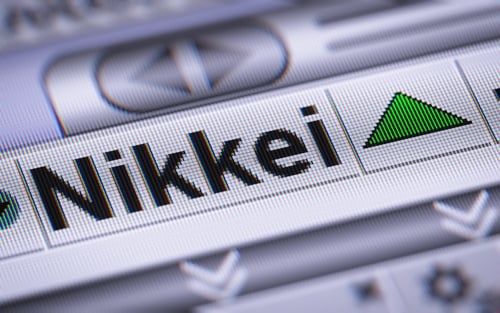- Summary:
- Asian equities markets continued to trade higher on risk appetite today despite WHO announcing that there is no confirmed cure for the coronavirus yet.
Nikkei 225, Hang Seng, and Shanghai Composite Benefit from Risk Appetite
Asian equities markets extend their gains in today’s trading as fears surrounding the coronavirus recede. The Nikkei 225 extended its gains even further in today’s trading. It finished with a 554-point or 2.38% profit at 23,873.6. Meanwhile, the Hang Seng Index is up by more than 600 points or 2% at 27,420.0. As for the Shanghai Composite Index, it has a floating profit of 48.422 or 1.72% as it trades 2,866.510.
Reports of a potential vaccine hit headlines yesterday and allowed investors to breathe a sigh of relief. Sky News reported that UK-based researchers are looking to test a potential cure on animals next week. Meanwhile, Chinese media announced that scientists in Zhejiang University have readily-available vaccine for humans. While WHO later said that there is no proven cure yet, it did not dampen risk appetite in the equities markets.
It may have also helped that China announced earlier today that it would reduce tariffs on US goods as early as next week. The country initially implemented them on September 2019 and they said that they may cut tariffs by as much as 50% on February 14.
Mixed Performance from Currencies Despite Improving Market Sentiment
On the other hand, the effect of positive market sentiment were muted on currencies. AUDUSD, NZDUSD, and USDJPY which are known to trade higher on risk appetite are trading around their opening prices. It is worth-noting, however, that the Aussie was able to shrug off any weakness that may have been brought about by negative data from Australia.
Read our Best Trading Ideas for 2020.
Trade Idea: Support-Turned-Resistance on EURJPY?
On the daily time frame, we can see that the recent sell-off on EURJPY was enough for the currency pair to fall below trend line support (from connecting the highs of September 3, October 4, and January 8). In fact, it seems that the currency pair found resistance at the falling trend line around the 121.00 handle. By drawing the Fibonacci retracement tool from the high of January 16 to the low of January 30, we can see that the trend line coincides with the 38.2% Fib level too. A bearish candle has already formed hinting at a possible drop on EURJPY. There is near-term support around 120.00 where the currency pair bottomed last week and where the 100 and 200 SMAs are. If support at this price does not hold, EURJPY could fall further to 117.00 where it found support in October.
On the other hand, a close above yesterday’s high at 121.14 may invalidate this bearish setup. Instead, EURJPY could soon rally to its recent highs at 122.50.


